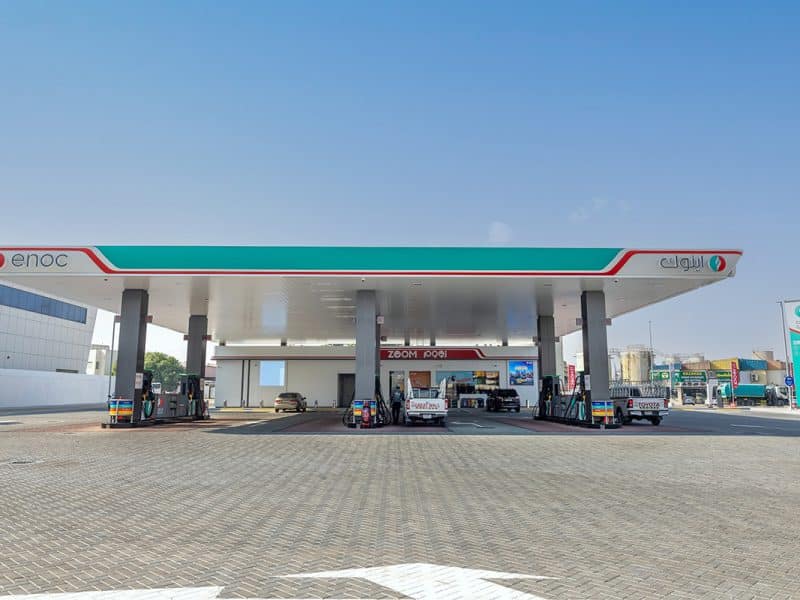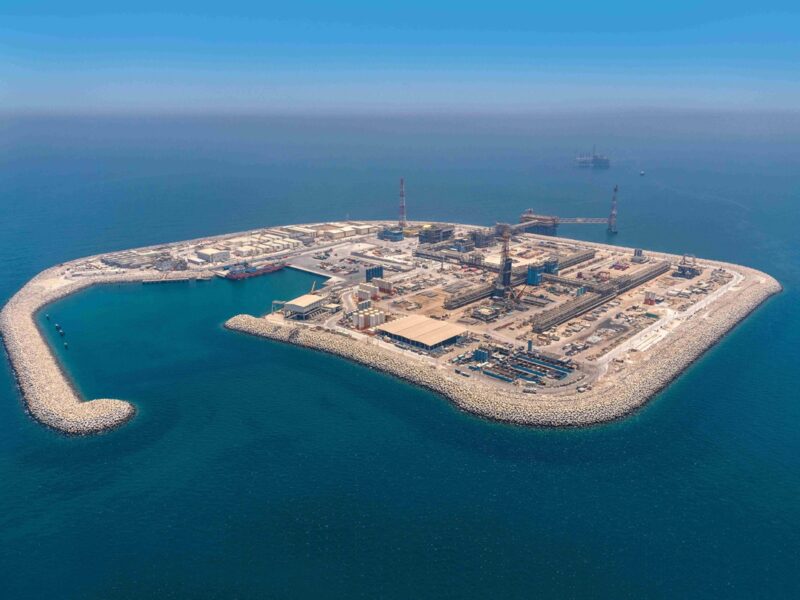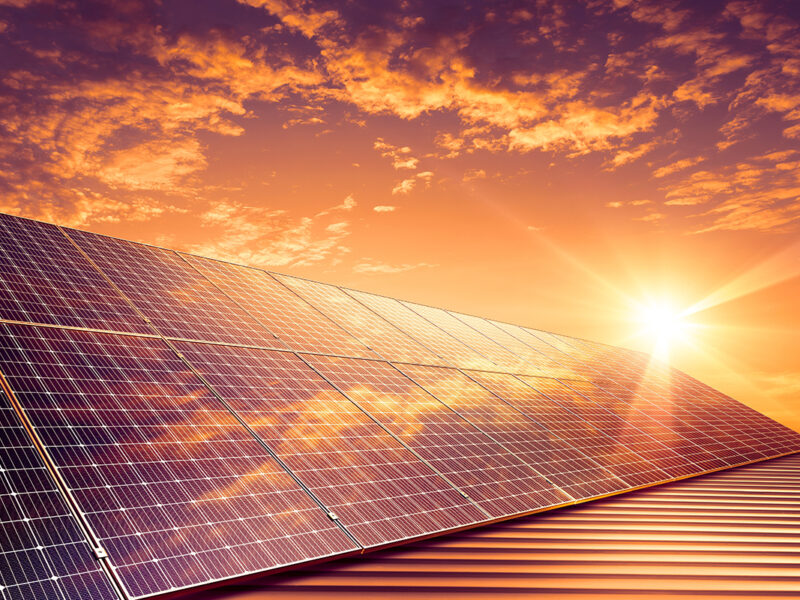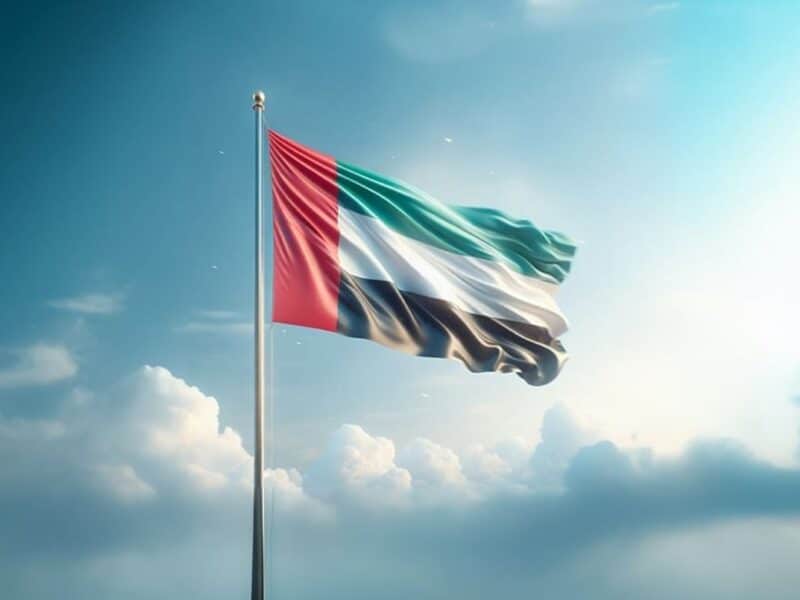The UAE and US have signed a $100bn strategic partnership deal to produce 100 gigawatts of clean energy by 2035, according to a report on WAM.
The agreement was announced at the Abu Dhabi International Petroleum Exhibition and Conference and witnessed by UAE President Sheikh Mohamed bin Zayed Al Nahyan.
The UAE-US Partnership for Accelerating Clean Energy (PACE), will see $100bn in financing and other support with the goal of deploying 100 gigawatts of clean energy in the US, UAE and emerging economies around the world by 2035.
UAE clean energy ambitions
Both the UAE and US reaffirmed climate ambitions with a view to their net zero 2050 goals.
Ahead of COP27, the United Nations climate change conference, being held in Egypt next month, both countries have highlighted investment in clean energy as the most reliable way to achieve essential net zero targets.
COP28 will be held in the UAE next year and the country has made clear its ambitions towards being a clean energy pioneer. It has invested more than $50bn over the past ten years in clean energy technologies and solutions around the world, building three of the largest and lowest-cost solar projects in the world. The UAE’s Peaceful Nuclear Energy Programme further emphasises the UAE’s energy diversification strategy.
UAE Minister of Industry and Advanced Technology and Special Envoy for Climate Change Dr. Sultan Al Jaber and Special Presidential Coordinator Amos Hochstein signed the Partnership on behalf of the UAE and the US.
Dr. Al Jaber, said, “The energy transition needs a realistic, practical and economically viable plan to deliver climate progress together with energy security and inclusive economic growth. The UAE-US Partnership for Accelerating Clean Energy will enable climate action while enhancing global energy security and affordability for the people of the UAE, the US and nations around the world.”
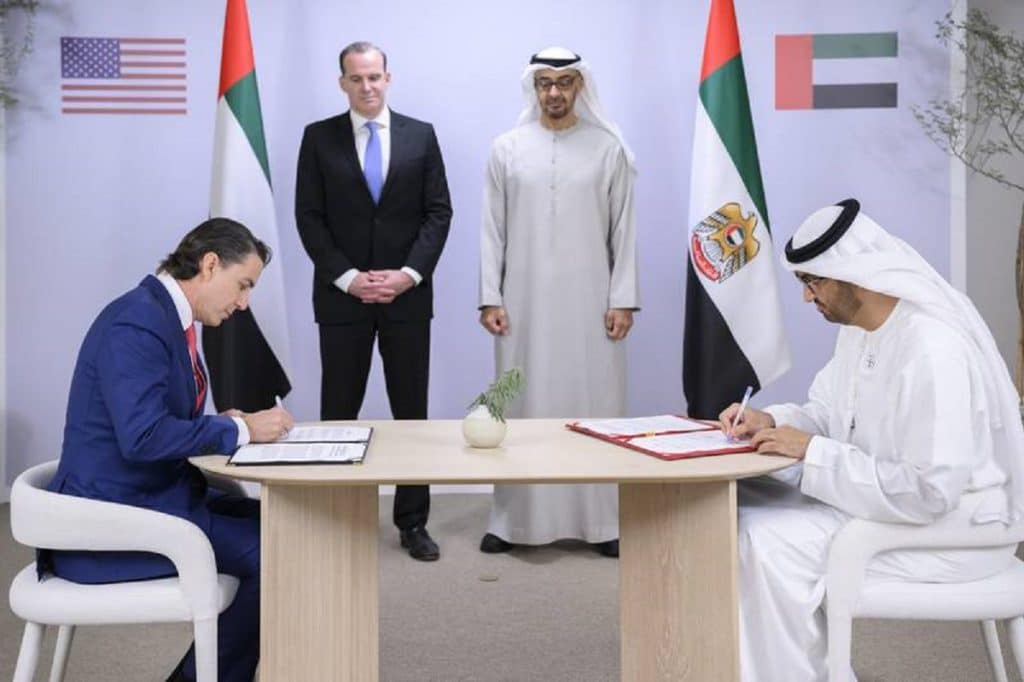
Ambassador Al Otaiba noted, “Strengthened by decades of close security, economic and energy cooperation, the UAE-US partnership on climate action and the energy transition is now a significant facet of our overall relationship. The UAE seeks to deepen cooperation across a range of initiatives with the US to maximise the multiple economic opportunities of the energy transition.”
Across the four pillars of PACE, the UAE and US will:
• Develop, finance and deploy clean energy projects in the US, UAE and third countries; invest in responsible and resilient supply chains; and promote investment in green mining, production and processing of minerals and materials that are vital to the energy transition.
• Accelerate investment in fossil fuel emissions mitigation; further develop CCUS technologies; and advance methane measurement and management, including enhancing domestic methane reduction programmes.
• Engage in the areas of advanced reactors, including Small Modular Reactors (SMRs), and to promote nuclear power as a clean energy solution to drive decarbonisation in the power sector as well as hard-to-abate sectors beyond electricity—for example, by producing cost-competitive, low-carbon applications to produce hydrogen, industrial process heat, and desalinated water that meet decarbonisation goals, air quality standards, and clean water needs.
• Encourage concrete investment and collaboration toward decarbonisation across all industrial sectors by 2030; scale up clean energy in long-distance transport sectors such as aviation and shipping; and promote electrification and energy efficiency as a key pathway to reducing emissions
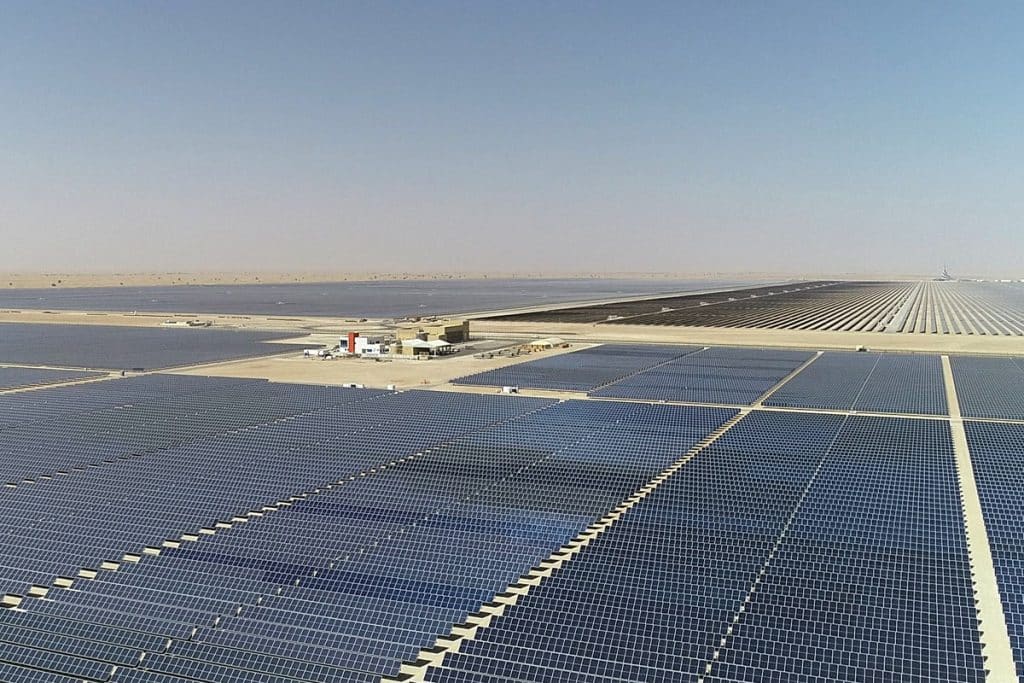
In a further boost to the UAE’s clean energy ambitions Dubai Electricity and Water Authority (DEWA) has added 300 megawatts of photovoltaic solar energy in 2022 from the fifth phase of Mohammed bin Rashid Al Maktoum Solar Park.
The world’s largest single-site solar park using the Independent Power Producer (IPP) model will have a production capacity of 5,000MW by 2030. The fifth phase, built at an investment of AED2.058 billion, will be operational in phases. When complete in 2023, it will have a total capacity of 900MW.
This year, DEWA has added 300MW to the 300MW that became operational last year from the 5th phase, taking the total to 600MW.

